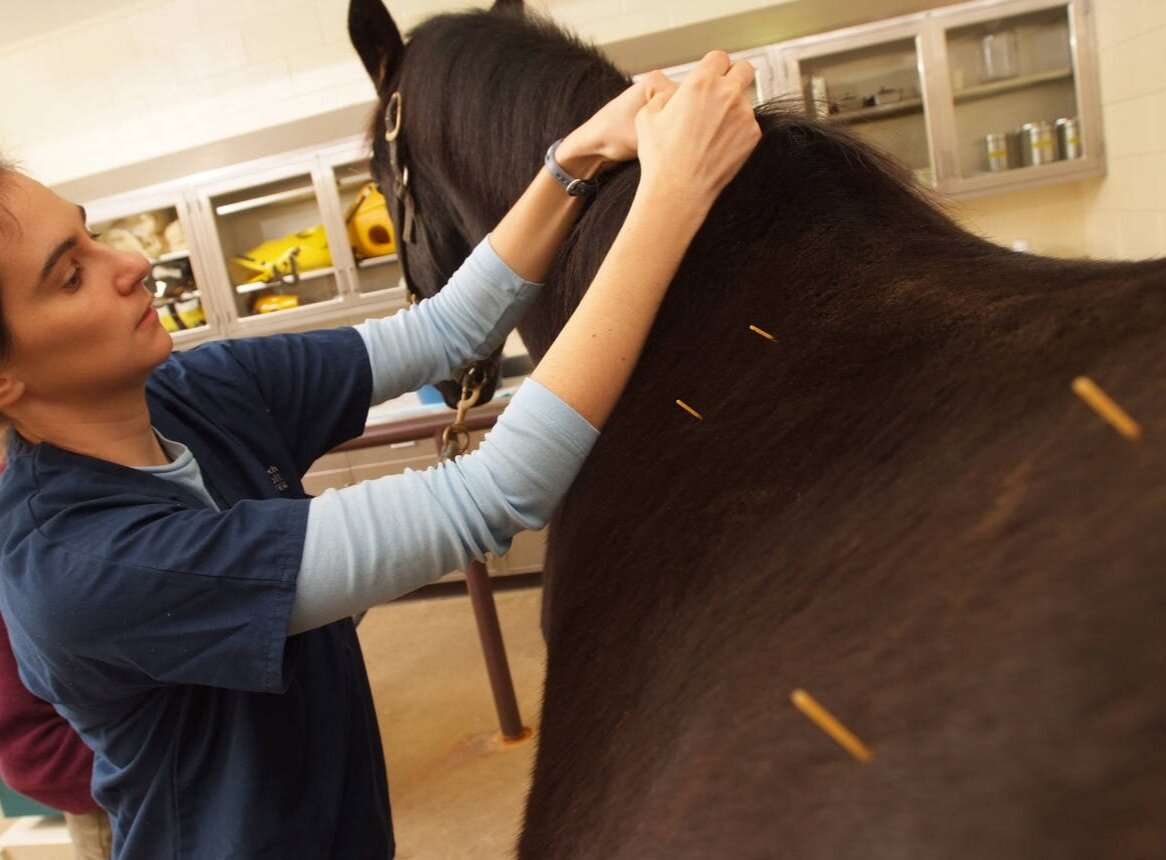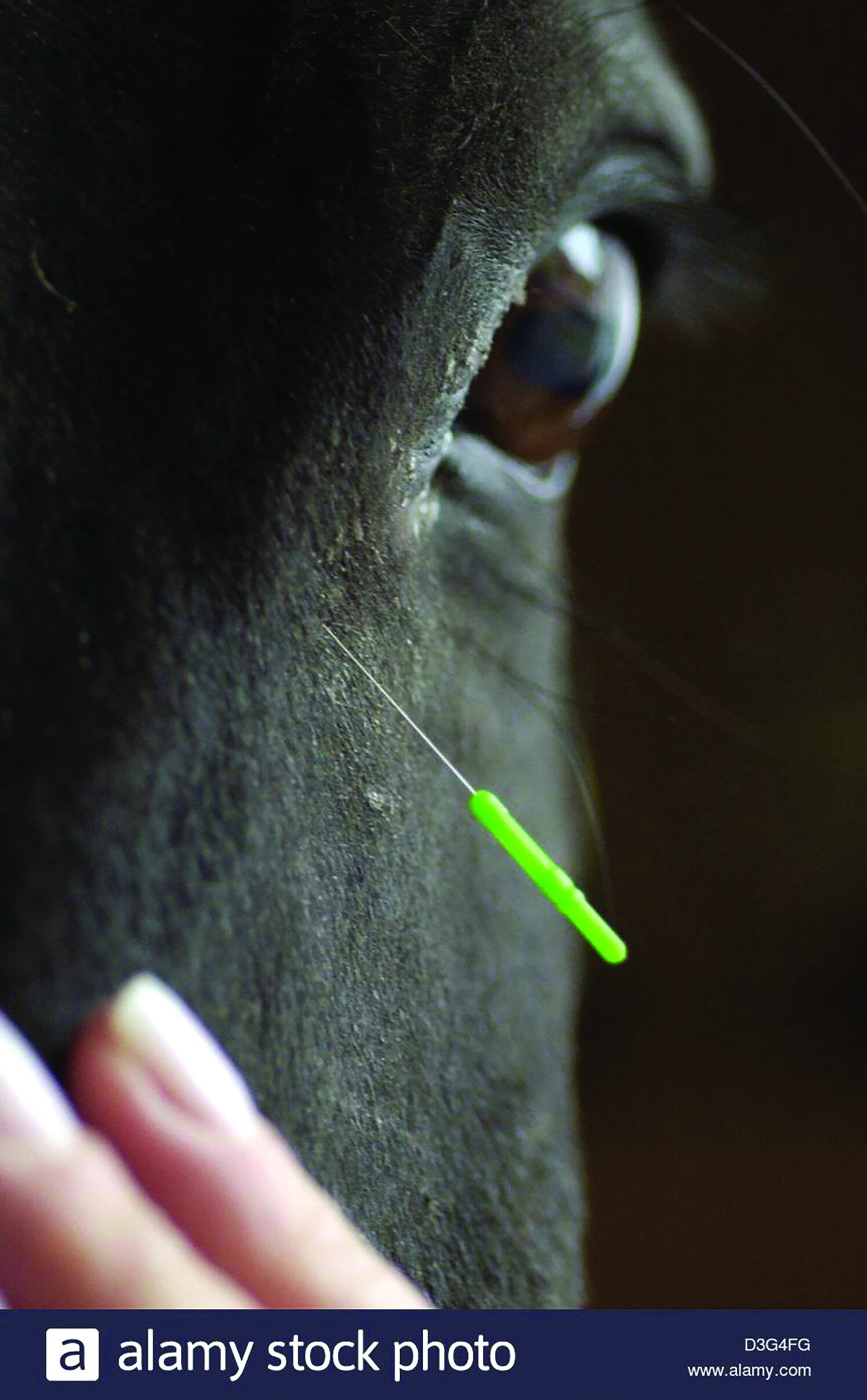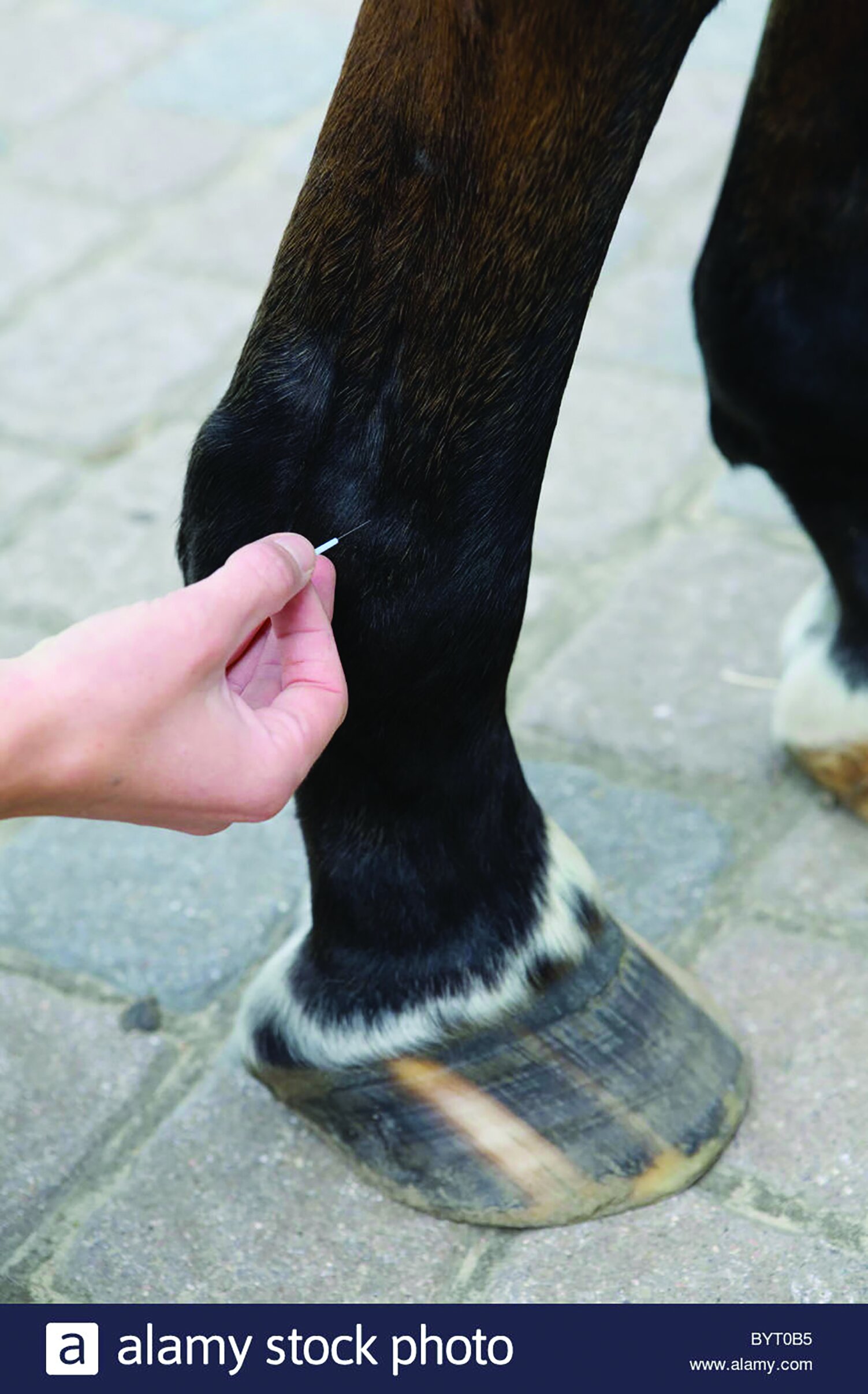Prick test: Could the ancient Chinese therapy of acupuncture be a trainer’s secret weapon?
/By Alysen Miller
At first glance, the Curragh (Ire) based trainer Michael Grassick Jr. may appear to have little in common with NBA legend Shaquille O’Neal. Yet both have embraced a practice derived from traditional Chinese medicine in their quests to leave no margin left ungained when it comes to minimising pain and maximising performance.
Acupuncture may be a controversial subject for some within the equestrian community, but its potential to treat illness and injury and alleviate pain in horses is increasingly being recognised.
“My father used to use it a lot when he was training, so when I took over [in 2013], I continued it,” says Grassick Jr. “I found it very successful. If the lads feel something isn’t quite right, like they’re leaning a little bit or hanging a little bit, then you call the physio. He will pinpoint the area, and we’ll work on that area and usually you wouldn’t need him to look at it again.”
“It’s something I was interested to witness—seeing them, how they respond,” he continues. “You’d see they’d be a lot freer in themselves.”
Although acupuncture has been part of the programme for the equine inhabitants of his family Fenpark Stables for a number of years, it was a brush with Bell’s Palsy that finally convinced Grassick of the benefits of the technique. “One side of my face went numb on me about five or six years ago. They put me on drugs, but the only thing that really got it back 100% was acupuncture.”
So what exactly is acupuncture, and how does it work? Here comes the science bit—concentrate. Acupuncture works by stimulating the sensory nerves under the skin and muscles. Tiny intradermal needles penetrate the skin just enough to stimulate collagen and elastin production—two of the main structural proteins in the extracellular matrix. During this process, the acupuncturist may feel the needle being gripped by the surrounding tissue —a phenomenon known as ‘needle grasp’. A 2001 study by the University of Vermont College of Medicine further revealed that gently manipulating the needles back and forth causes connective tissues to wind around the needle—think spaghetti twirling around a fork—and sends a signal to the fibroblasts (a type of cell that produces the structural framework for such tissues) to spread and flatten, promoting wound healing.
But wait, there’s more. Under MRI, it has been shown that acupuncture causes the body to produce pain-relieving endorphins. Furthermore, it is believed that acupuncture stimulates the central nervous system. This, in turn, releases chemicals into the muscles, spinal cord and brain. These biochemical changes may further help the body’s healing process.
So what’s not to like? According to the British-based acupuncturist, Dietrich Graf von Schweinitz, the scientific benefits of acupuncture have been lost in translation. ‘The trouble with acupuncture is that it has a messy historical baggage’, explains Graf von Schweinitz, ‘that led the Western world to believe that this was metaphysical, spiritual, “barefoot doctor’ territory”’. ‘Qi’ (pronounced “chee”) may be best known as the last refuge of a scoundrel in Scrabble, but in traditional Chinese medicine, the concept of qi refers to the vital life force of any living being. Traditional Chinese medicine practitioners believe the human body has more than 2,000 acupuncture points connected by pathways, or meridians. These pathways create an energy flow—qi—through the body which is responsible for overall health. Disruption of this energy flow can, they believe, cause disease. Applying acupuncture to certain points is thought to improve the flow of qi, thereby improving health. Although in this sense, qi is a pseudoscientific, unverified concept; this linguistic quirk has meant that medical science has been slow to embrace the very real physiological benefits of acupuncture. ‘The ability of neuroscience to unravel more and more of acupuncture physiology is becoming quite staggering’, says Graf von Schweinitz.
A softly spoken American, full of German genes whose accent betrays only the slightest hint of a southern drawl, Graf von Schweinitz was an equine vet for 30 years until he sold his practice to focus on animal acupuncture. ‘I grew up on a farm in Georgia. My parents both came from rural farming backgrounds. So I was around horses all my life. I actually had my first taste of acupuncture at vet school. In my final year there was an acupuncture study going on in the clinics on horses with chronic laminitis or chronic navicular’. Like Grassick, he has personally experienced the benefits of the technique. ‘In my first job as a vet, I got kicked and was treated by a client who was an acupressurist [a close cousin of acupuncture that involves pressing the fingers into key points around the body to stimulate pain relief and muscle relaxation]. The result in terms of pain control was so bizarre and staggering I just thought, “I’ve got to know more about this”, and started my mission’.
CLICK HERE to return to issue contents.
BUY THIS ISSUE IN PRINT OR DOWNLOAD
4 x print issue and online subscription to European Trainer & online North American Trainer. Access to all digital back issues of both editions.
Your subscription will start with the July to September issue - published at the end of June.
If you wish to receive a copy of the most recent issue, please select this as an additional order.













